There are basically two types of actuators : single action and double action.
Single action is a control valve that is driven by the air output of the control valve positioner on one side (side open or close) while the other side is moved with the aid of a spring or a membrane.
Double action is a control valve that is driven by the output air of control valve positioner on both sides (sides open and close).
In typical application of the ball valve, control valve, and choke valve, there are two types of actuator that is used, the spring return (or single acting) actuator and the double acting actuator.
The spring return actuator is the actuator that used spring force to place the valve position in close or open position. We only need to pressurize on one side only to operate the valve.
The double acting actuator is the actuator that only use piston as its element to operate the valve. We need to pressurize both side of the actuator alternately to operate the valve. See below drawing that illustrates the spring return and double acting actuators.
Now the question is, when we will use this spring return actuator and when we will use the double acting actuator?
Single Acting Vs Double Acting Actuators
Torque or Thrust Strength
Typically for offshore oil and gas application the thrust or torque strength of the spring return and double acting actuator isn’t a problem.
Even though some actuator manufacturer usually shown that double acting actuator has higher thrust or torque strength compare with spring return actuator, the difference is only exist in the very high thrust or torque application which is normally not exist in the offshore application. Thus, we can say that both of it is having an equal strength of thrust or torque.
Safety Integrated System Application
In most of safety system application such as shutdown valve (SDV), blow down valve (BDV), etc, that require the valve to become in close position or in open position when the signal or the supply is lost, then the spring return is the choice.
The spring return type is the best choice for safety application due to its simplicity and reliability. Actually the double acting actuators is also possible for the fail close or fail open application, but the local panel arrangement will be more complex compare with the spring return type.
Fail in Last Position
There are some applications that require the valve to become in last position when the signal or the supply is lost such as production choke valve. The choke valve typical fail position is fail last position to keep the last production rate.
In the case fail last position is required, then the best choice is double acting actuator. The valve is kept in last position by pressurize both side of the actuator thus it will kept the valve in its last position.
Control Application
In the process control application that use control valve as its final control element, the typical actuator is diaphragm spring return diaphragm for the small valve up to 8 inch. While when it is 10 inch and above the actuator is double acting type to overcome the required high thrust.
The double acting actuator is also used when the application is very high application to overcome the required high thrust even though the size is smaller than 10 inch. This double acting actuator is more stiff and stable for control application especially for application that has a sudden change in process condition.
While when we use the diaphragm spring return type, the thrust on the other side is always the same by the spring. While when we use the double acting actuator, the other side forces will be managed by the positioner pressure output as per actual conditions.
Here is the summary of the spring return (single acting) vs. the double acting valve actuators selection:
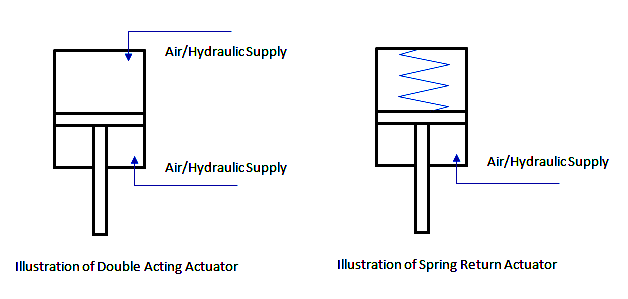

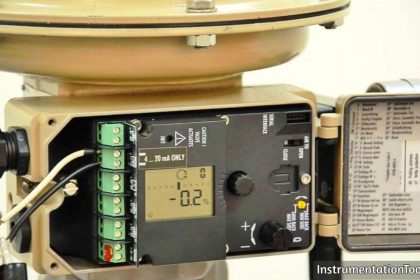
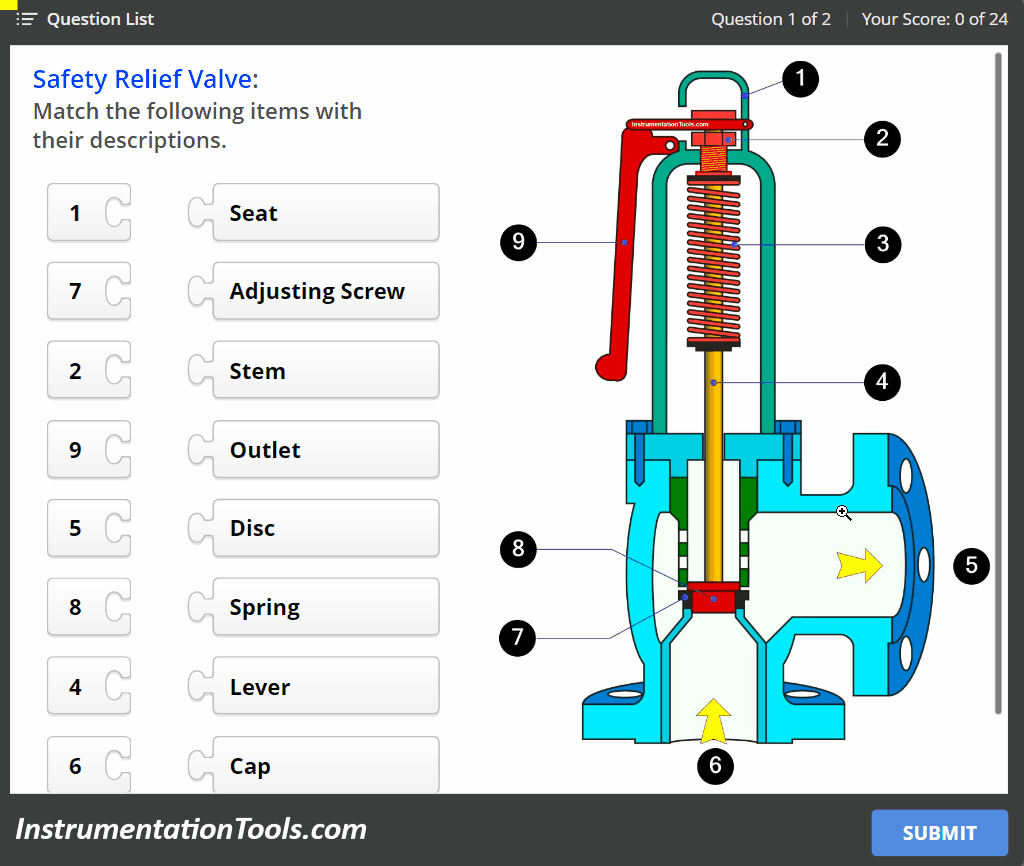
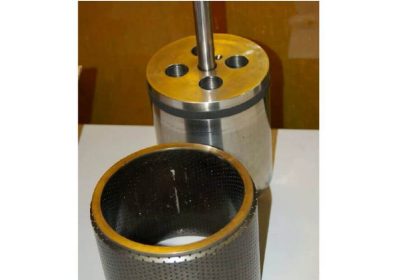
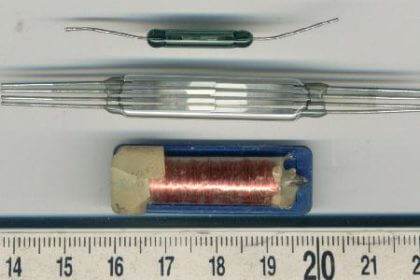

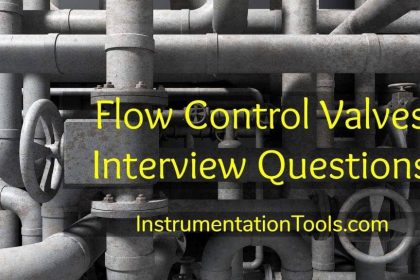
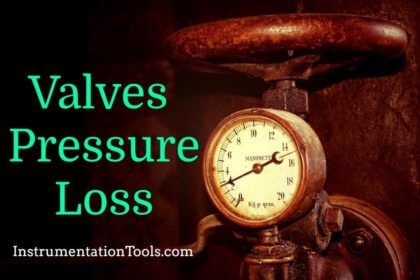
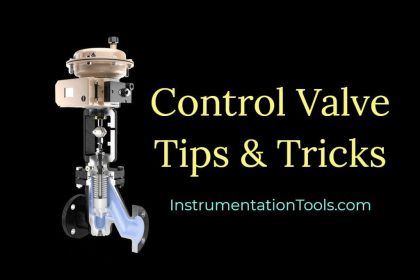
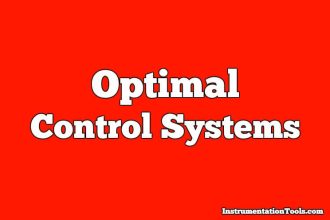

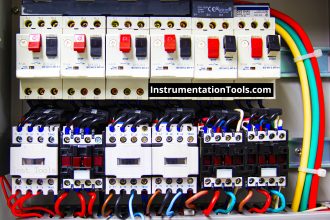
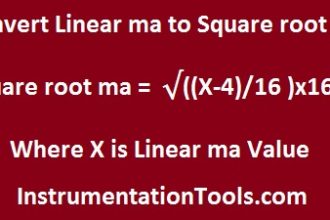



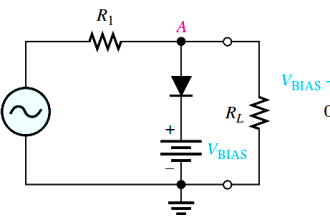

Sir. Level troll principal and working please
Sir please give us a working principles of water conductivity sensor
Do not completely agree. This synopsis focus mainly on linear valves and does not look at the rotary valves as well.
I have found double acting much better for control on smaller valves. It is more stable and smoother movement.
For fail in last position it can become expensive depending on the configuration to maintain position. This is not found as often as the training books want us to believe, but it is important to understand how it works when you do come across it.
Worth mentioning is that the two options can be combined as well – we have done that often.
This helps especially when looking at failure position where an extremely fast action is required – (spring boosted by air)
nice article. I would like to clarify a couple of things regarding double acting actuators.
1) Double acting is used primarily were fail safe action is not required.
2) Double acting is used where the amount of thrust or torque required is greater than the thrust/torque capabilities of an actuator that is a spring-diaphragm type as the size of this type are limited.
3) Control of spring-diaphragm actuators are more precise in throttling applications, but double acting actuators have more stiffness mainly because of higher pressures of fluids used, gas, air, or hydraulic, to the actuator.
The type of actuator must be considered when sizing the valve package as it is very process specific.
Dear sir pls update details of Fisher control valve and dvc6200 postiner how to work
How does a double-acting controlling valve realize fail in position? would be really appreciated if detailed explanation of the working principle can be presented!
fail in last position